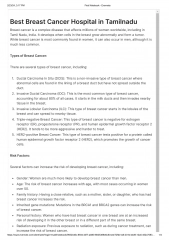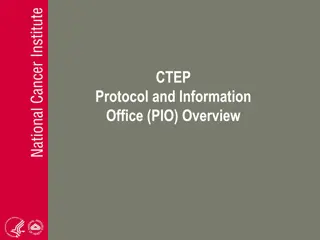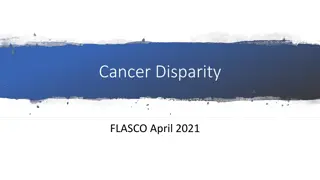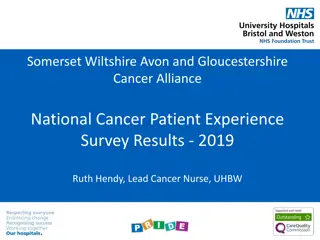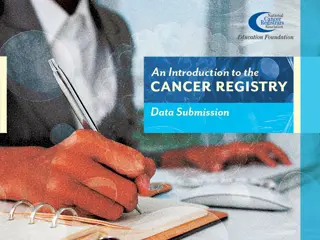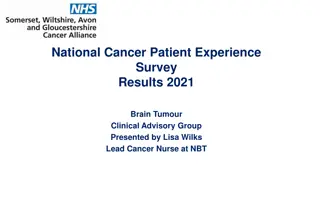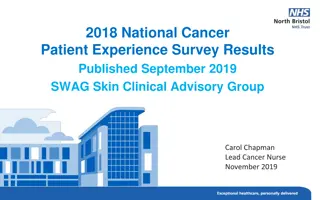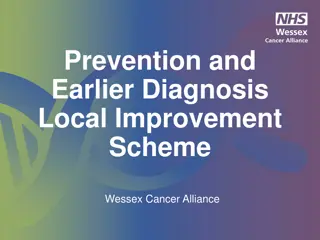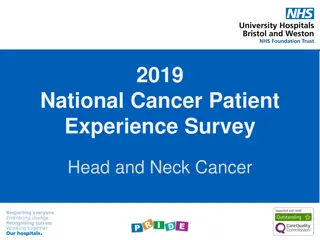Importance of Patient Follow-Up in Cancer Care
Patient follow-up is crucial in cancer care to assess treatment effectiveness, monitor outcomes, and provide ongoing support. It involves ongoing surveillance, evaluation of outcomes, and reminders for continued care. Various methods are used to obtain follow-up information, ensuring timely updates on patient status. Lifetime follow-up is essential to track cancer progression, recurrence, and treatment responses for better long-term management.
Download Presentation

Please find below an Image/Link to download the presentation.
The content on the website is provided AS IS for your information and personal use only. It may not be sold, licensed, or shared on other websites without obtaining consent from the author. Download presentation by click this link. If you encounter any issues during the download, it is possible that the publisher has removed the file from their server.
E N D
Presentation Transcript
Objectives Define patient follow-up Identify the goals of follow-up Review methods used to obtain patient follow-up information Discuss why lifetime follow-up is important
Follow-Up The main purpose of patient follow-up is to determine if the treatment worked. E.A. Codman, M.D. Founding member of the American College of Surgeons
Goals of Patient Follow-Up Ongoing surveillance Evaluation of outcomes Collecting first and subsequent treatment Reminder to patients and practitioners of continued care
Follow-Up Performed Annually Monthly report generated Follow-up list compared to various sources Hospital admissions Outpatient and clinic encounters Obituaries State death indices Other hospital or facility contacts
Follow-Up Process Review Disease Index for readmissions Physician letter Patient letter Secondary contact letter Other Cancer Registries Auto batching Import from the Disease Index
Cancer Registry Brochure Function of a cancer registry Purpose of request Use of information Safeguards to ensure confidentiality
Follow-Up Provides Current cancer status Free of cancer Recurrent disease Additional treatment(s) New type of cancer
Follow-Up Rates Surveillance, Epidemiology and End Results (SEER) Programs 95% annual follow-up Commission on Cancer (CoC) Standard 5.3 Follow up in ALL Patients from reference date: 80% Standard 5.4 Follow up on Recent Patients within the past 5 years or reference date whichever is shorter: 90% Lost to follow-up No contact for >15 months
Follow-Up Uses Surveillance and outcome measures Survival rates Means of assessing regional cancer burden Assist in allocation of medical resources Identify changes in regional cancer rates
Summary Follow-up determines if treatment worked Ongoing patient surveillance and reminder of continued care Many methods used for follow-up Hospital and clinic encounters Physician letters Patient letters Contract services (Redsson, Lexis Nexus, Accurint) Internet searches (White Pages) Obituaries State Reports
Thank You! NCRA Education Foundation www.ncraeducationfoundation.org NCRA www.ncra-usa.org


